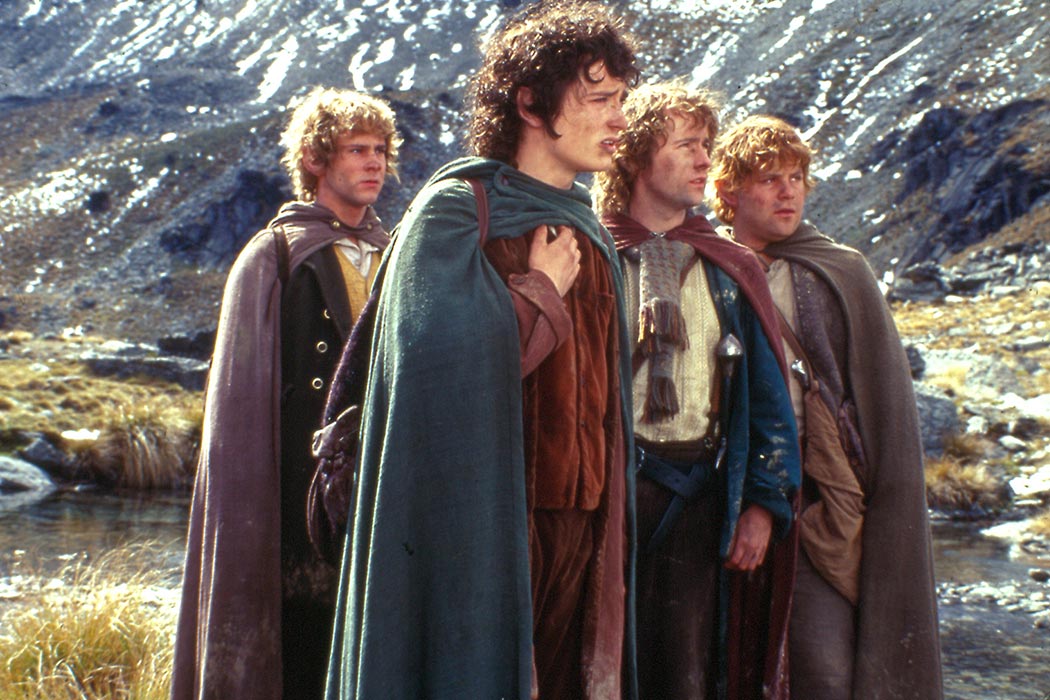New research based on dental morphology suggests that the skeletons of an early human-like creature known as Homo floresiensis represent a distinct species of human after all. The skeletons, which were discovered in a cave on Flores Island, Indonesia in 2003, belong to so-called “hobbits” that stood roughly between 3.5 and 4.5 feet tall.
Ever since they were discovered, anthropologists have debated whether the “hobbits” represented a new species, or if they were just modern humans with extreme hypothyroidism or cretinism, a condition often linked to iodine deficiency that causes incomplete development, small stature, and an undersized brain.
Assuming that H. floresiensis is a distinct species, how would such a tiny human evolve? One hypothesis comes from a section of island bio-geography called the island rule. The simple version of the island rule states that small animals tend to get larger on islands, as there are fewer predators to constrain them, while larger animals tend to get smaller because of the reduced resources available to them. Presumably if a population of regular humans became isolated on Flores, the island rule should apply and humans would evolve into a dwarf form. However, studies have shown that little evidence is found to support the island rule for primate brain size, which would challenge this hypothesis. For one thing, the skull of Homo floresiensis is significantly smaller than that of a normal human skull.
This newest paper is unlikely to quell the controversy. Tit for tat papers are not uncommon during unsettled scientific controversies, so the next paper on the topic might well argue for the “hobbit is really a small human” interpretation again. We’ll just have to stand by while a consensus is reached about the science.







